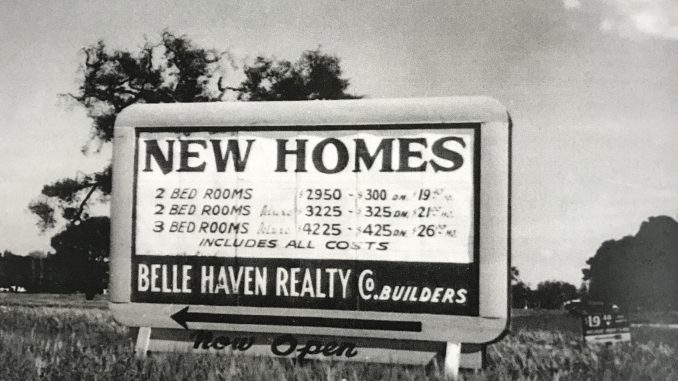
BY EMILY MIBACH
Daily Post Staff Writer
A proponent of district elections for Menlo Park City Council — to give African Americans and Latinos on the east side a better chance at electing one of their own on council — said yesterday she is concerned new residents in that part of town may dilute the votes of longtime Belle Haven residents.
Belle Haven neighborhood resident Pamela Jones said the residents of the new market-rate apartment buildings on Haven Avenue, which were partially funded by Facebook to house its employees, may weaken the votes of the older, low-income residents.
“How will the new people be able to hear the voices of long-term residents and have concerns for low-income people? We’re nothing alike,” Jones said.
Belle Haven, which is the neighborhood east of Highway 101 in Menlo Park, is predominately African American and Latino.
According to a report from City Attorney Bill McClure, 73% of the city’s African Americans live in the Belle Haven and 69% of the city’s Latino population live there. Menlo Park has a population of about 33,000, and Latinos represent 18% while blacks are 5%, Asians are 10% and whites are 70%.
By contrast, Facebook’s employees are 49% white, 40% Asian, 5% Latino and 3% black.
Jones says the district maps could be drawn in a way that the Haven Avenue apartments are not part of the Belle Haven district, but that is up to the districting commission that will be partially selected at the council’s Jan. 16 meeting.
Random selection of names
On Jan. 16, interim City Clerk Clay Curtin will randomly select three of the applicants for the districting commission, who will then, from the remaining applicants, choose up to six more people to join them on the commission.
Those who can apply must be a five-year resident of Menlo Park, a registered voter and have voted in two of the last three council elections. Applicants must not have run for council or applied for any commissions in the past eight years, or be related or married to anyone as well. Additionally, the commission member would not be able to apply to be on another commission for four years, or run for council for 10 years after being on the commission.
Once the initial three are selected by Curtin’s random draw on Jan. 16, they have until Jan. 20 to appoint the six additional members. According to Curtin, the initial commission members must be sure to appoint a diverse group of applicants.
Once the commission is created, starting on Jan. 25, the group will meet every week until Feb. 22 to discuss and, eventually, select a map for the council to vote on at its March 13 meeting. If the council does not approve the map, the commission will have to meet again and select another map for the council to consider at a meeting during the first week of April.
Those interested in applying for the commission have until Jan. 8 to apply and can access the application at this link: https://tinyurl.com/yb2nuj7b.
Maps
The maps the commission will decide between will be maps proposed to the commission by residents or anyone who draws a district map and submits it for consideration. Anyone interested in drawing a map can create one by going to the city’s website (tinyurl.com/y9wgzhya) and click “interactive map tool” which is located a few paragraphs down the webpage.
Those creating maps can choose to draw maps with five districts or six. The council will decide at a meeting in April whether it will go forward with its current five-member configuration with one of the council members selected as mayor or have six council members and one mayor elected citywide.
The city’s website also includes instructions on how those interested can submit paper maps as well.
The districts in the five council member map will have an ideal population of 6,405 people, according to the city’s website on the maps.
In the six-council member map, the districts will have an ideal population of 5,338.
Future
While the city is working to get the voting districts drawn by the November 2018 election, council has also expressed interest in setting up a charter committee to look at other alternatives for setting up a city council.
A charter could allow the city to take a hybrid approach, in which some council members are elected at large and some are elected from districts.
A charter could allow the city to switch to ranked voting, in which voters rank their first, second and third choices. If no candidate gets a majority of first-choice votes, then lowest vote-getter is eliminated and the votes are tallied again. If a voter picked the candidate who was eliminated, then the voter’s second choice candidate becomes their choice for the next round. The process is repeated until a candidate gets a majority and wins.
Voters would have to approve such a charter. Drafting the charter would have to be done by another citizens committee. Council will discuss the charter committee idea at its Jan. 16 meeting.
The city is ditching the idea of having all of its council members elected at large in response to an Aug. 21 letter from Malibu attorney Kevin Shenkman, who contends the city is racially polarized. He contends that the city is required under state law to switch to district elections to make it easier for Belle Haven residents to win at the polls.
If it doesn’t, Shenkman says he’ll sue the city for damages, something he’s done in other cities. He has not said who he is representing in Menlo Park.



